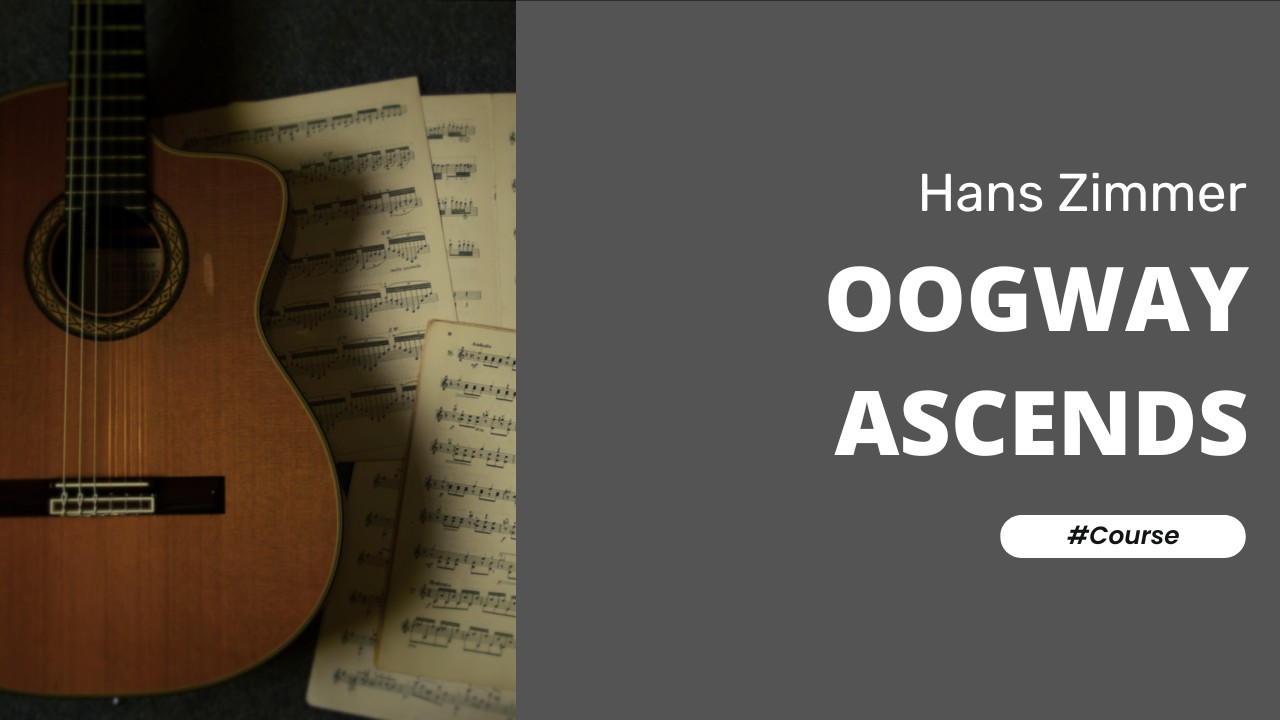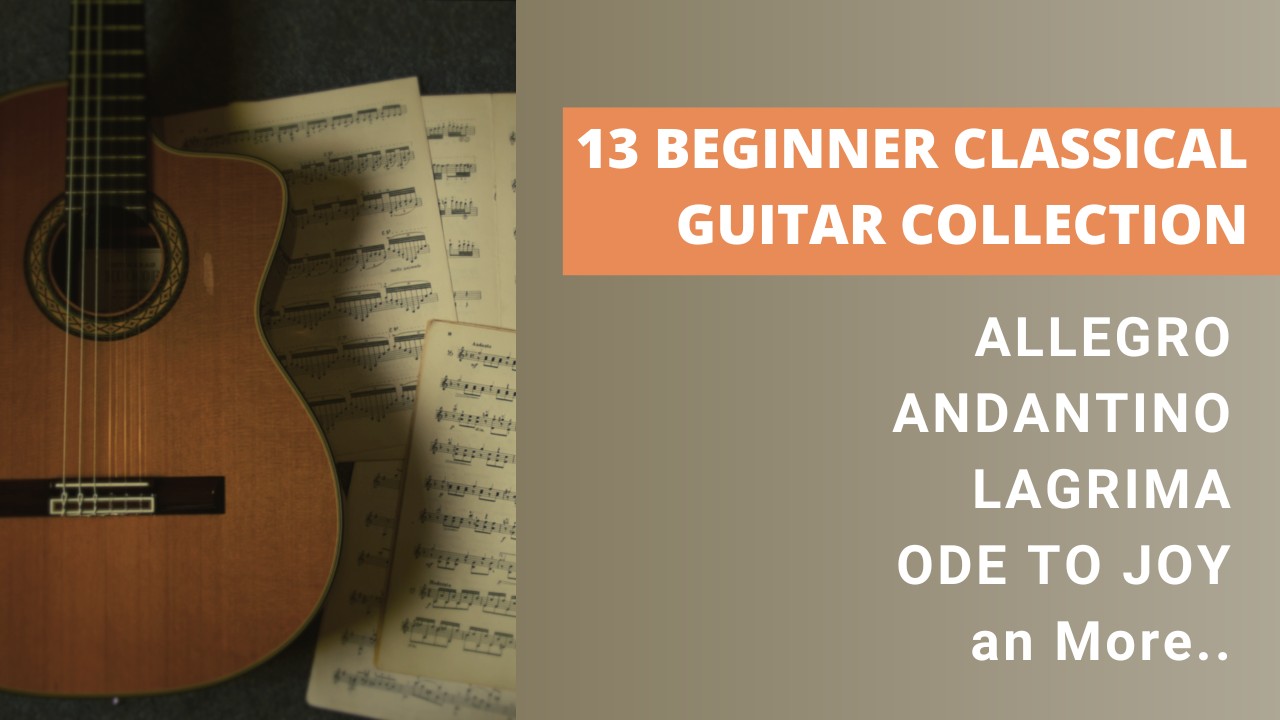Etude No. 1 by Heitor Villa Lobos
Introduction
Etude No. 1 by Heitor Villa-Lobos is a seminal piece in the classical guitar repertoire, reflecting the distinctive style and innovative approach of one of Brazil’s most influential composers. Villa-Lobos, a prolific 20th-century composer, is renowned for integrating Brazilian folk music with classical traditions, creating a unique and captivating musical language. His twelve etudes for guitar, composed in 1929, are considered essential studies for guitarists, blending technical demands with expressive depth.
Etude No. 1, marked “Allegro non troppo,” is an excellent example of Villa-Lobos’s ability to combine technical exercise with musical artistry. This etude in the key of E minor focuses on developing picking-hand arpeggio technique, requiring the guitarist to maintain fluidity and precision across varying chord patterns. The piece’s flowing arpeggios create a rich, harmonic texture that require careful balance and dynamic control from the performer.
Playing Etude No. 1 on classical guitar requires both technical proficiency and interpretive insight. The guitarist must navigate the piece’s intricate fingerings and swift arpeggio sequences with clarity and evenness, ensuring each note rings out clearly.
Etude No. 1 not only serves as a valuable technical study but also as a beautiful concert piece that highlights the guitar’s expressive range. Villa-Lobos’s fusion of Brazilian rhythms and classical forms in this etude continues to inspire and challenge guitarists, making it a timeless addition to the classical guitar repertoire.
These etudes are aimed at the dedicated student that is already quite far along as they are of exceptional difficulty and pose numerous technical and interpretative challenges throughout.
This particular etude is aimed at strengthening the right hand. The pattern is very repetitive with only two departures from the established patter in the middle and end of the piece. The pattern is as follows:
-
P, i, P, i, P, m, i, a, m, a, i, m, P, i, P, i
The real idea is just to develop nice independence between your fingers.
For me the real challenge lies in the ‘i – a – m – a’ segment of the pattern.
The diligent student could try accenting every note played with the ‘m’ finger if this is proving to be an area of weakness.
Musical Style
Heitor Villa-Lobos’ musical style is a distinctive blend of Brazilian folk music and classical traditions, characterized by vibrant rhythms, rich harmonies, and innovative structures. His compositions often reflect the diverse cultural influences of Brazil, incorporating native folk melodies, African rhythms, and European classical elements. Villa-Lobos was known for his ability to create complex textures and expressive depth, utilizing a wide range of dynamics and timbres. His works for the guitar are particularly celebrated for their technical challenges and lyrical beauty, making significant contributions to the instrument’s repertoire. Villa-Lobos’ music remains influential, celebrated for its originality and emotional resonance.
Notable Pieces
Five notable pieces by Heitor Villa-Lobos:
• Bachianas Brasileiras No. 5
• Chôros No. 1
• Études for Guitar
• Prelude No. 1
• Concerto for Guitar and Small Orchestra
Let your fingers fly!
JoshCourse Instructor
Etude No. 1 Course
About this Course
Introduction
Etude No. 1 by Heitor Villa-Lobos is a seminal piece in the classical guitar repertoire, reflecting the distinctive style and innovative approach of one of Brazil’s most influential composers. Villa-Lobos, a prolific 20th-century composer, is renowned for integrating Brazilian folk music with classical traditions, creating a unique and captivating musical language. His twelve etudes for guitar, composed in 1929, are considered essential studies for guitarists, blending technical demands with expressive depth.
Etude No. 1, marked “Allegro non troppo,” is an excellent example of Villa-Lobos’s ability to combine technical exercise with musical artistry. This etude in the key of E minor focuses on developing picking-hand arpeggio technique, requiring the guitarist to maintain fluidity and precision across varying chord patterns. The piece’s flowing arpeggios create a rich, harmonic texture that require careful balance and dynamic control from the performer.
Playing Etude No. 1 on classical guitar requires both technical proficiency and interpretive insight. The guitarist must navigate the piece’s intricate fingerings and swift arpeggio sequences with clarity and evenness, ensuring each note rings out clearly.
Etude No. 1 not only serves as a valuable technical study but also as a beautiful concert piece that highlights the guitar’s expressive range. Villa-Lobos’s fusion of Brazilian rhythms and classical forms in this etude continues to inspire and challenge guitarists, making it a timeless addition to the classical guitar repertoire.
These etudes are aimed at the dedicated student that is already quite far along as they are of exceptional difficulty and pose numerous technical and interpretative challenges throughout.
This particular etude is aimed at strengthening the right hand. The pattern is very repetitive with only two departures from the established patter in the middle and end of the piece. The pattern is as follows:
-
P, i, P, i, P, m, i, a, m, a, i, m, P, i, P, i
The real idea is just to develop nice independence between your fingers.
For me the real challenge lies in the ‘i – a – m – a’ segment of the pattern.
The diligent student could try accenting every note played with the ‘m’ finger if this is proving to be an area of weakness.
Musical Style
Heitor Villa-Lobos’ musical style is a distinctive blend of Brazilian folk music and classical traditions, characterized by vibrant rhythms, rich harmonies, and innovative structures. His compositions often reflect the diverse cultural influences of Brazil, incorporating native folk melodies, African rhythms, and European classical elements. Villa-Lobos was known for his ability to create complex textures and expressive depth, utilizing a wide range of dynamics and timbres. His works for the guitar are particularly celebrated for their technical challenges and lyrical beauty, making significant contributions to the instrument’s repertoire. Villa-Lobos’ music remains influential, celebrated for its originality and emotional resonance.
Notable Pieces
Five notable pieces by Heitor Villa-Lobos:
• Bachianas Brasileiras No. 5
• Chôros No. 1
• Études for Guitar
• Prelude No. 1
• Concerto for Guitar and Small Orchestra
Let your fingers fly!
Josh



